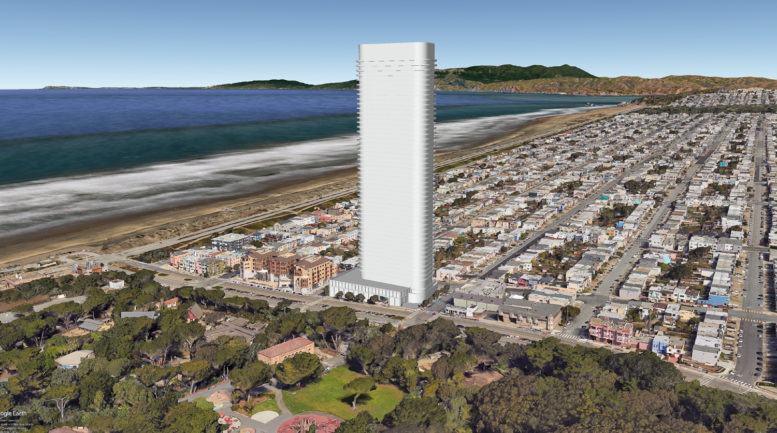Physical Address
304 North Cardinal St.
Dorchester Center, MA 02124
Physical Address
304 North Cardinal St.
Dorchester Center, MA 02124
The Terner Center for Housing Innovation at the University of California, Berkeley has released a policy brief summarizing the effect on housing production of the bewildering array of new housing laws California has enacted since 2016. A preliminary analysis of market effects of the new laws, accompanied by findings from interviews with California-based planners and land use lawyers, points toward the effectiveness of simple and direct legislation requiring localities to give ministerial approval to small-scale projects. For other laws, including those prescribing more complex formulas regarding affordability criteria for larger developments, it remains too early to gauge how housing production will respond.
Of the legislation that has been enacted to date, California’s accessory dwelling unit laws (beginning with SB 1069 in 2016), according to those interviewed by the Terner Center, have been responsible for the astonishing twenty-fold increase in ADU permits documented from 2016 to 2021. Legislation enacted in 2021 requiring ministerial approval for duplexes and lot splits (SB 9), estimated by the Center to allow for up to 700,000 new units, has not yet been widely used, partly due to localities’ use of other restrictive zoning regulations such as mandatory setbacks to impede use of the law. Further strengthening of this law, in the same manner that the ADU law was fortified through 2019 revisions, may be necessary to unlock its full potential for new home construction.

Other new laws are in the early stages of demonstrating their effectiveness. The imposition of stricter requirements on localities’ Regional Housing Needs Allocation (RHNA) process through legislation enacted in 2017 and 2018 has resulted in dramatic increases in zoning capacity targets for the next eight-year period set by the Housing Element Law (of which the RHNA is a part). For Southern California and the Bay Area, total housing allocation has increased from 600,000 to 1.7 million.
Of the housing elements submitted to date by localities, however, 35% have been rejected by the state, and the Center’s interviewees voiced concern that some jurisdictions lack the staff resources to timely comply. Over the longer term, it is anticipated that these ambitious changes could provide a major impetus for new housing as cities gradually come into compliance and incorporate allocations into their zoning maps. For the time being, California’s so-called “builder’s remedy,” intended to apply to noncompliant cities, is hobbled by a requirement for 20% deed-restricted units which lessens the consequences for noncompliance. With the cost of labor and materials already high, any additional cost burdens not accompanied by incentives or subsidies run the risk of undermining financial feasibility.
Among numerous other new laws, the Density Bonus Law (Government Code § 65915) has been modified and expanded 12 times since 2016 and now permits density increases of up to 50 percent for projects that dedicate 15 percent of units to lower-income households (AB 2345) and even larger increases to areas in proximity of transit stops (AB 1763) or which are less car-dependent (AB 2334), among other changes.
Other legislation has included CEQA exemptions for certain projects, though interviewees noted that simply qualifying for exemptions can still be a costly and time-consuming process. Reforms to the Housing Accountability Act (HAA), including SB 330, have limited the discretion municipalities have in reviewing development proposals, including capping the number of hearings on a project to five. The most recent laws include SB 2097, which was passed in 2022 and which prohibits parking minimums within a half mile of certain transit stops, and AB 2011, which bars municipalities from excluding residential uses from retail and office zones. The latter of these does not go into effect until July 1, 2023.
The Terner Center has also released a searchable database which allows users to sort and explore applicable legislation passed since 2016.